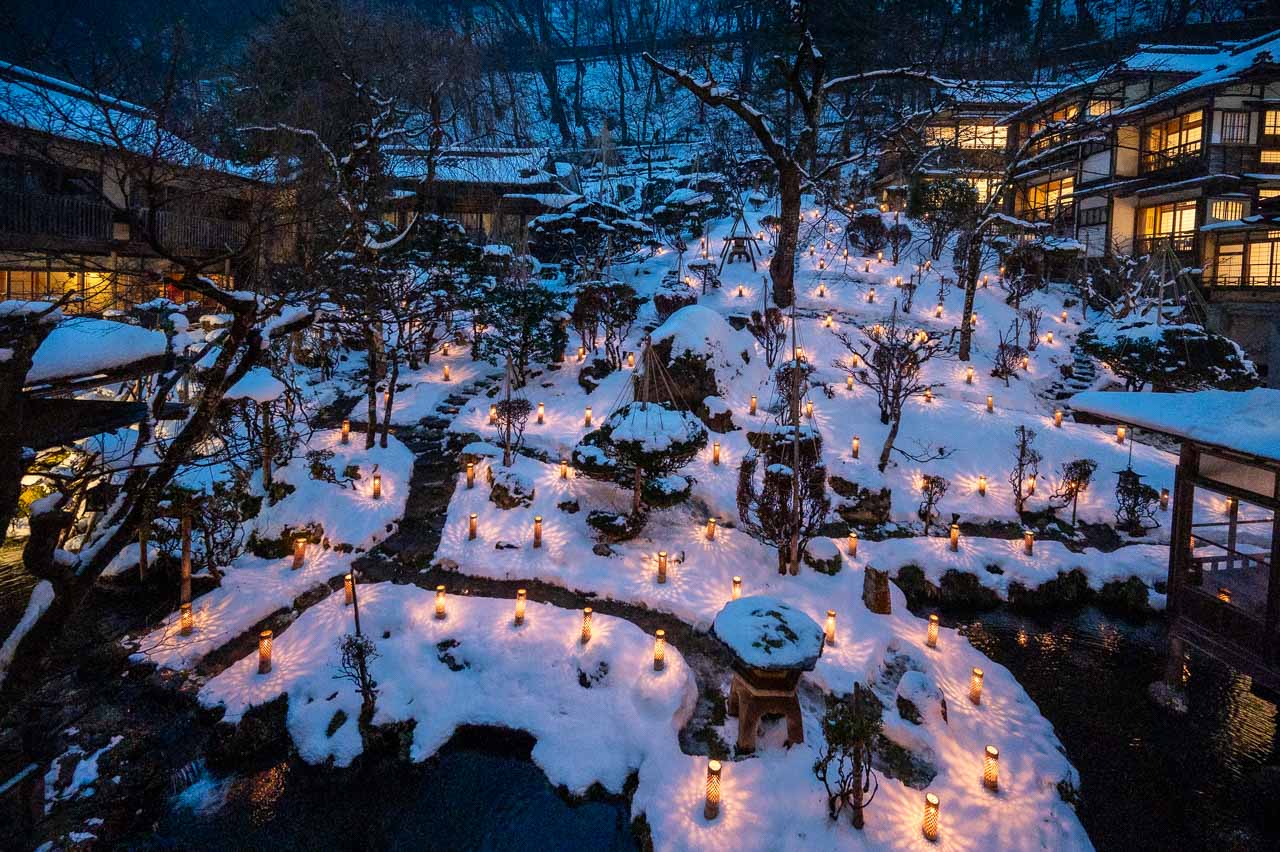As global tourism rebounds in the post-pandemic world, travelers must think about how their travel practices impact the places they choose to visit. Done well, international tourism increases global understanding across national borders, supports local businesses and economies, and seeks to reduce the environmental footprint tourism leaves on the planet. “Sustainable Tourism” is an important consideration for many global travelers, even if we still don’t know exactly how to define it.
The concept of sustainable tourism sparks healthy debate today as people seek to understand how to ensure the benefits of tourism outweigh its costs to the environment and society as a whole. So what is sustainable tourism, and what examples are there in destinations in the Kanto area in and around Tokyo?
For the past two years, Tokyo and Around Tokyo has revealed dozens of intriguing locations and activities in and around Tokyo and ten of its surrounding prefectures from the perspective of sustainable tourism. As we did last year, we have selected four locations in Fukushima, Ibaraki, Tochigi, and Gunma prefectures that we feel represent extraordinary efforts to support their local communities in many ways: collaboration with local businesses and services, preserving the local history and culture, and above all, creating something attractive to visitors beyond the local borders.
- Mukaitaki Ryokan – A Fukushima Icon of Samurai History in Aizu-Wakamatsu
- Shoai Samurai – Using Traditional Indigo Dyeing to Support the Underemployed in Tochigi
- Hitachi-no-kuni Izumo Taisha – Bringing the Prestige of One of Japan’s Greatest Shrines to Ibaraki
- Donryu Yokocho: Community Revival of a Bustling Alley in Gunma
- Use the JR Pass to Save Money On Your Trip
Mukaitaki Ryokan – A Fukushima Icon of Samurai History in Aizu-Wakamatsu
The castle town of Aizu-Wakamatsu in the mountains of Fukushima is so packed with history that it’s hard to know where to begin. Many visitors choose Tsurugajo Castle, a symbol of the Age of the Samurai and one of the last holdouts to resist the Meiji government at the end of the Edo Period. But Aizu-Wakamatsu also has many historic temples, shrines, and parks to visit, and for those who want an experience of a lifetime, a stay in the ryokan Mukaitaki, converted from a retreat for Aizu samurai lords in the late 19th century, and now a Japan National Cultural Property.
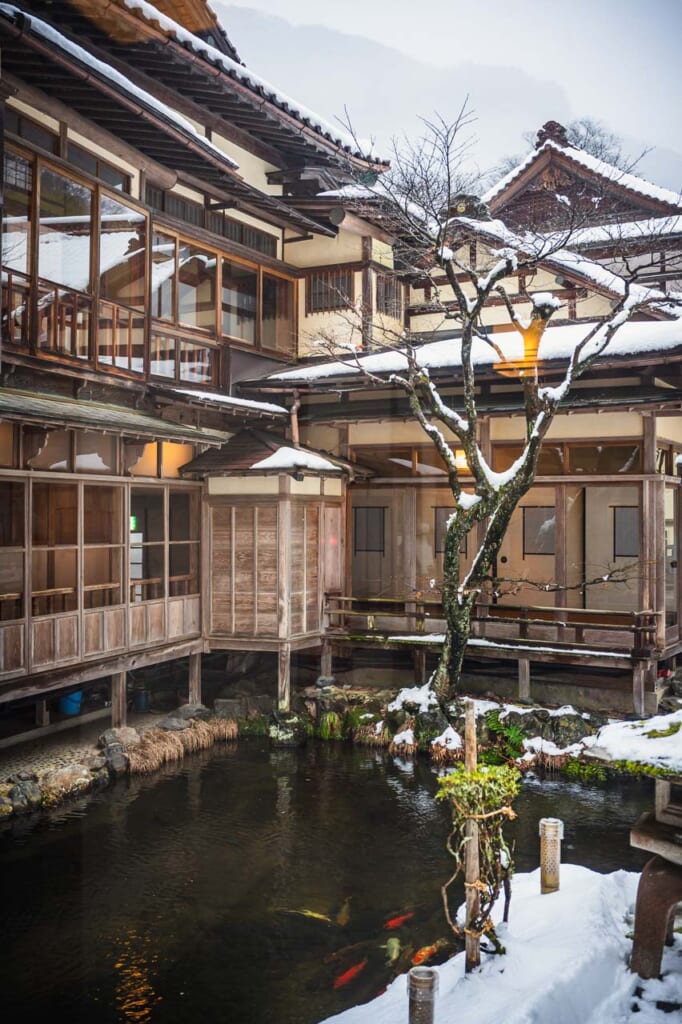
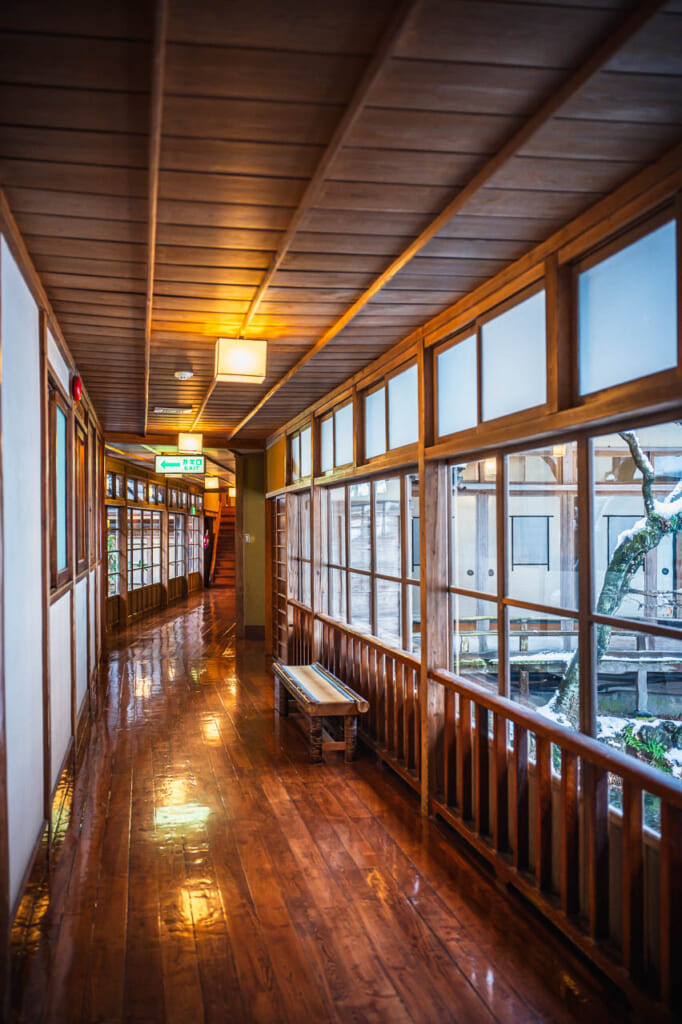
The first thing that struck me about Mukaitaki was how enormous it is. As it was not originally designed as a hotel, the 24 rooms are spread throughout its various buildings laid out to surround a traditional Japanese garden on three sides. The perfectly groomed garden is a beauty in all four seasons, but because of Aizu-Wakamatsu’s long winters, it is especially stunning during those months. Once enough snow has fallen, the staff light bamboo lanterns around the garden at dusk, creating an otherworldly scene. It was a scene I could enjoy from the window of my room, as most of the rooms are garden-facing. Those which are not still have a lovely view of the Yugawa River that steams with hot onsen water as it flows down the mountain.
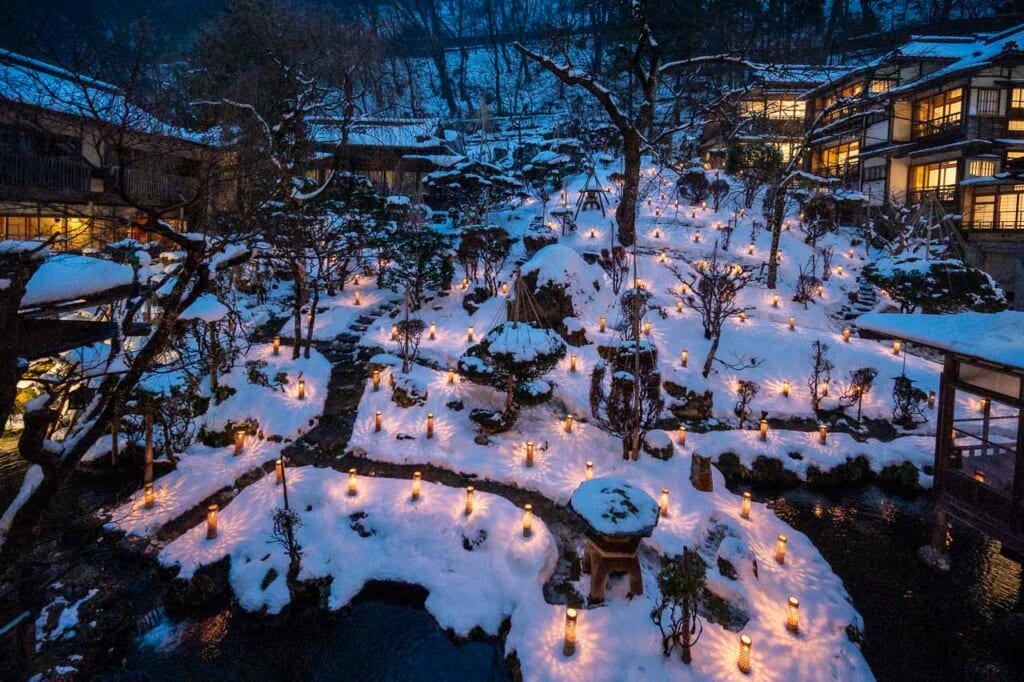
Speaking of onsen, Mukaitaki is well known for its mineral-rich, healing baths. The oldest bath is Kitsuneyu, a favorite of Aizu lords, but beware; at 45 degrees Celsius, it isn’t comfortable for onsen first-timers. But don’t worry; there is another slightly less hot public bath, Sarunoyu, and three small private onsen baths, the latter of which are perfect options if you are traveling with tattoos. Several rooms also have private onsen baths if you want even more privacy or feel like splurging.
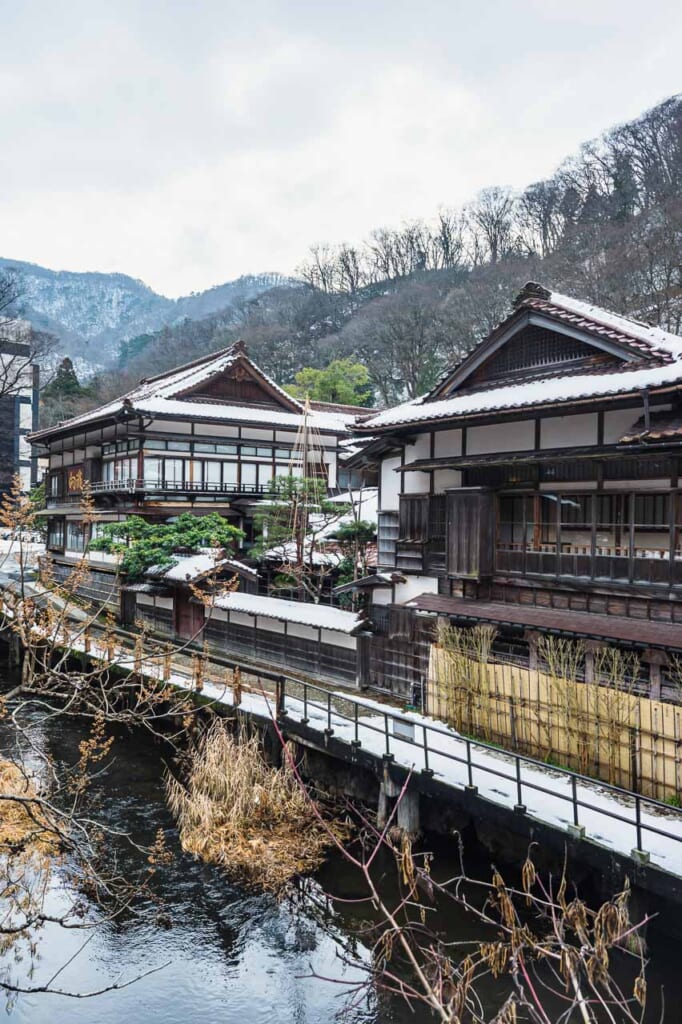
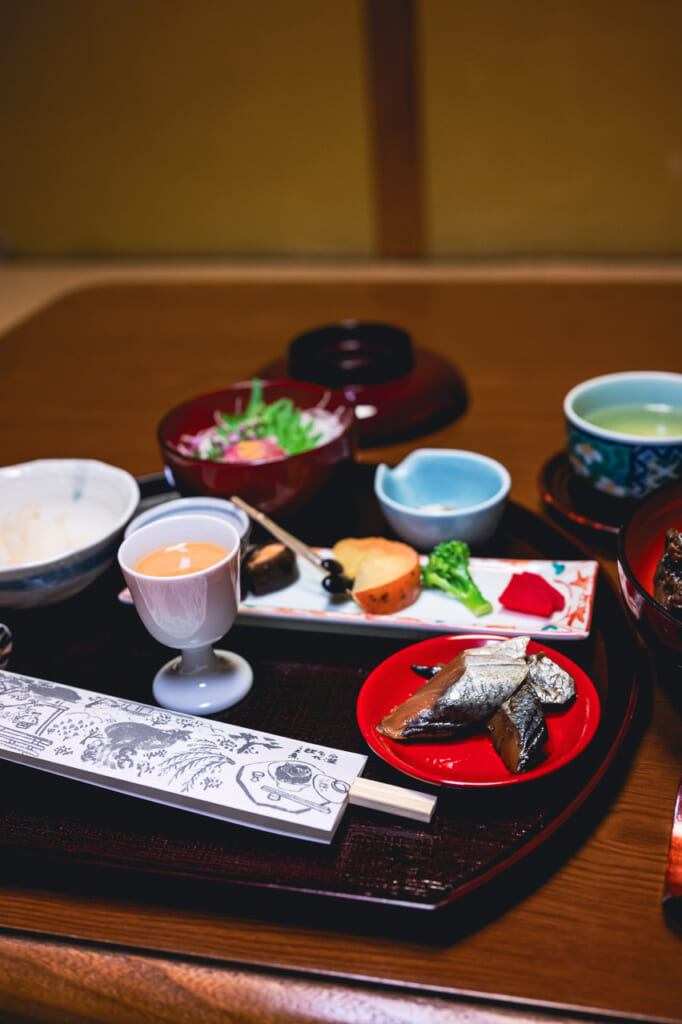
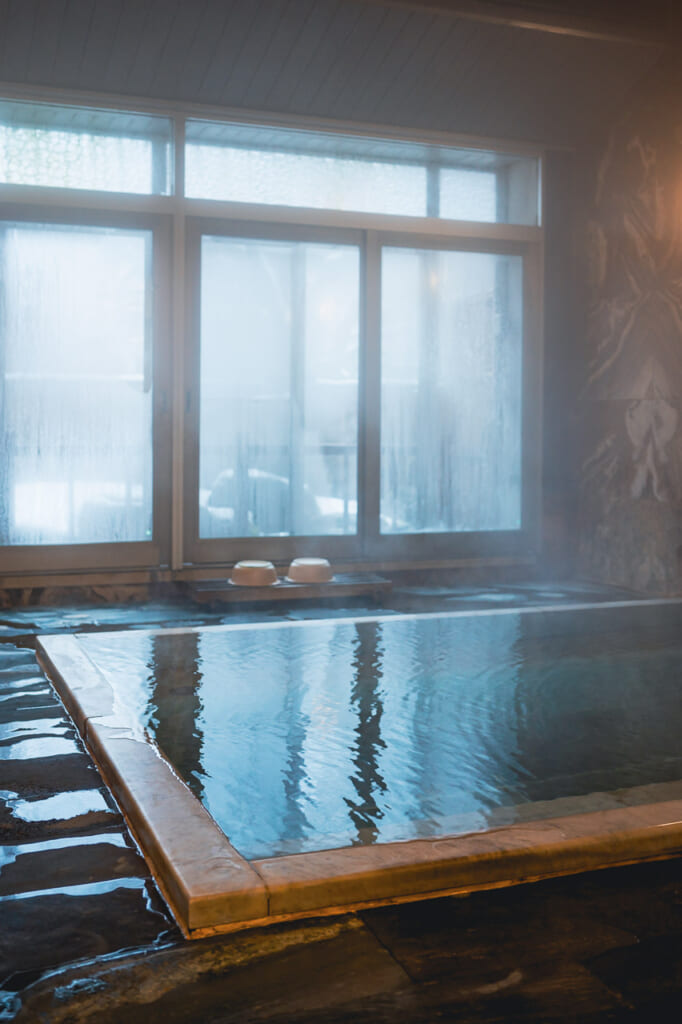
Like all ryokan, the meals are part of the experience, and for foodies, Mukaitaki will not disappoint. Both dinner and breakfast are served in your room and consist of Aizu cuisine and ingredients unique to this region. You may not find every dish appeals to you, but the sheer variety of dishes served means you probably wouldn’t have room to eat everything anyway.
The reputation of Fukushima Prefecture suffered immensely after the 2011 triple disaster, and over a decade later, it has yet to completely recover. Even important cultural icons like Mukaitaki suffered through lean tourism years, but the persistence of the ownership and loyal customers helped the ryokan to survive the worst of them. So today, overseas visitors can continue to enjoy the hospitality, historical value, and pure beauty of Mukaitaki, a proud part of Fukushima’s cultural heritage.
Shoai Samurai – Using Traditional Indigo Dyeing to Support the Underemployed in Tochigi
If the only thing Shoai Samurai was doing was growing their own indigo to process into indigo dye for the art of aizome, that would be remarkable enough for this Tochigi-based business. Nearly all of the natural indigo in Japan is grown on Shikoku in Tokushima Prefecture, where it is processed into sukumo, the material used to make indigo dye. But Shoai Samurai is a company that is like an onion; peel back one intriguing layer, and it reveals another even more fascinating one.
The youthful founder, Masayasu Wakabayashi, studied aizome indigo dyeing in Tokushima and brought it to his home in Tochigi. He planted a small indigo farm and began growing indigo for his aizome workshop. Now, let’s peel back a layer, because there is much more to it than that.
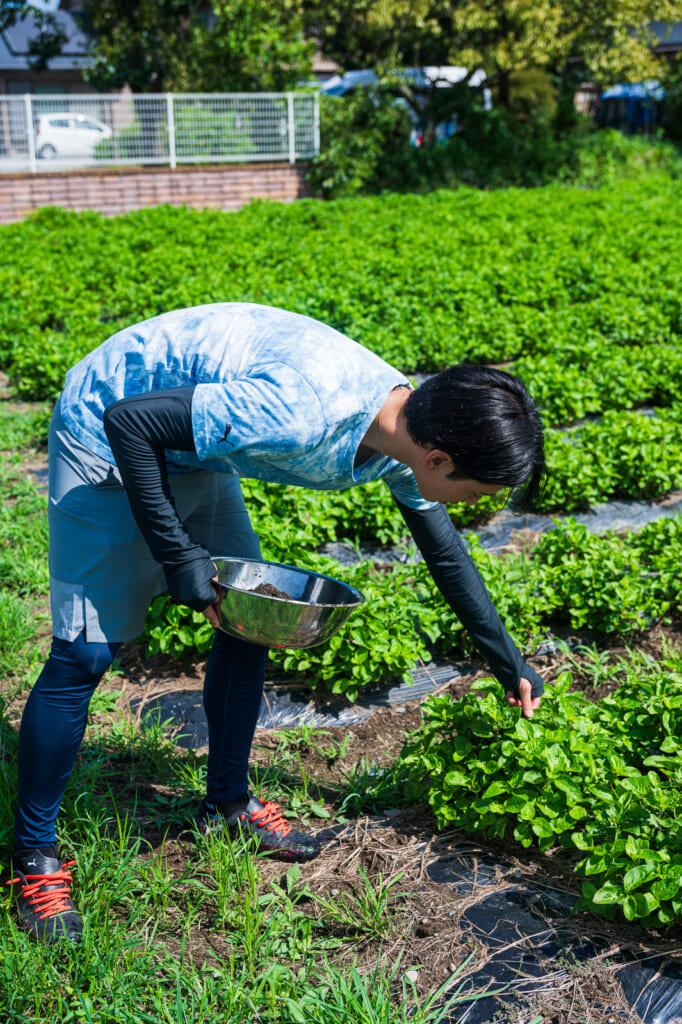
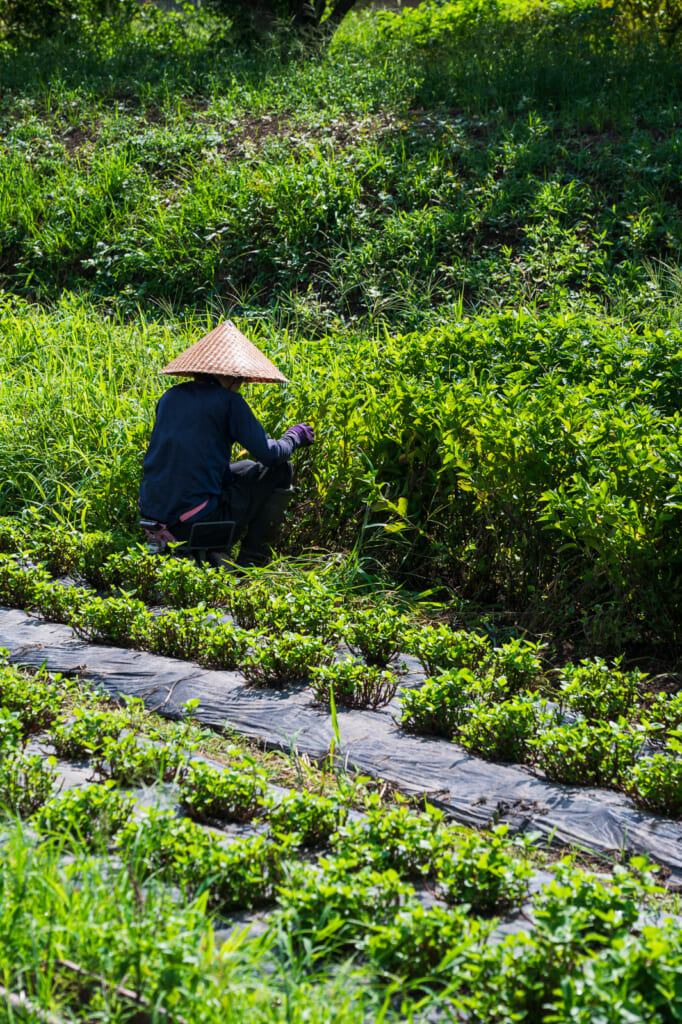
The Wakabayashi family is involved in providing social welfare services and opportunities to their community, so Masayasu decided to employ disabled individuals to help work on his farm and process the indigo for dyeing. As he learned more about indigo from being a farmer, he developed two new ideas that he grew into offshoot businesses.
First, he became aware of the alleged health benefits of indigo seeds as a medicinal herb used in China and Japan for centuries. Using this knowledge, he created a bakery, also employing disabled individuals, making indigo seed bread and even indigo pudding. Second, after contemplating how to recycle the waste from his indigo production process, he realized it made a potent fertilizer. Using the waste products from the indigo, Masayasu decided to grow…mangoes! Yes, mangoes are another product not common to Tochigi, but Masayasu grows them in a greenhouse next to the indigo field, harvested by, you guessed it, local disabled individuals. Altogether, his businesses employ about 20 disabled employees, giving them meaningful work in a location where it would be difficult for them to find work otherwise. But there is yet another layer to peel back.
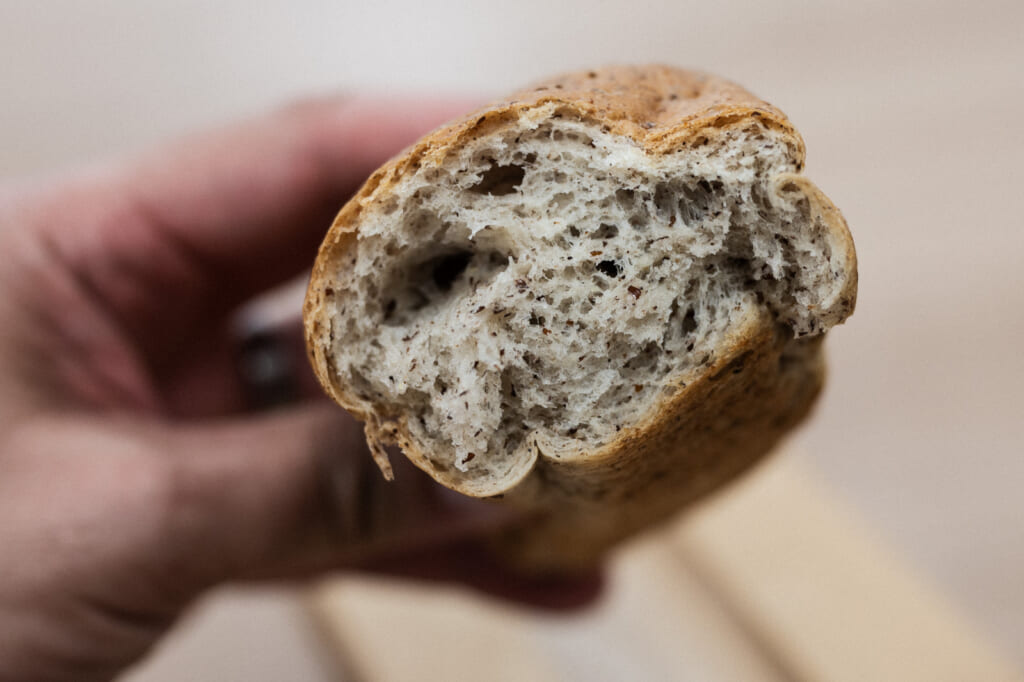
It turns out that the mangoes produced by Shoai Samurai are so good that his customers include a high-end restaurant in Ginza and THE RITZ-CARLTON, NIKKO. And to think, this fantastic side business was created from the idea of recycling waste material and employing a less-employed segment of his community to do the work.
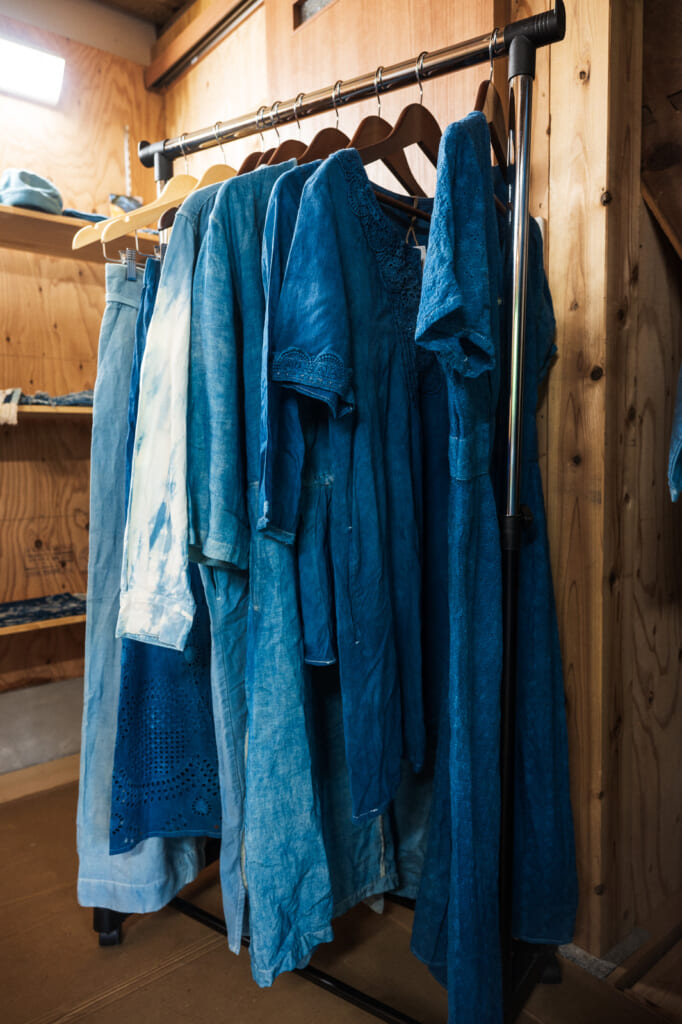
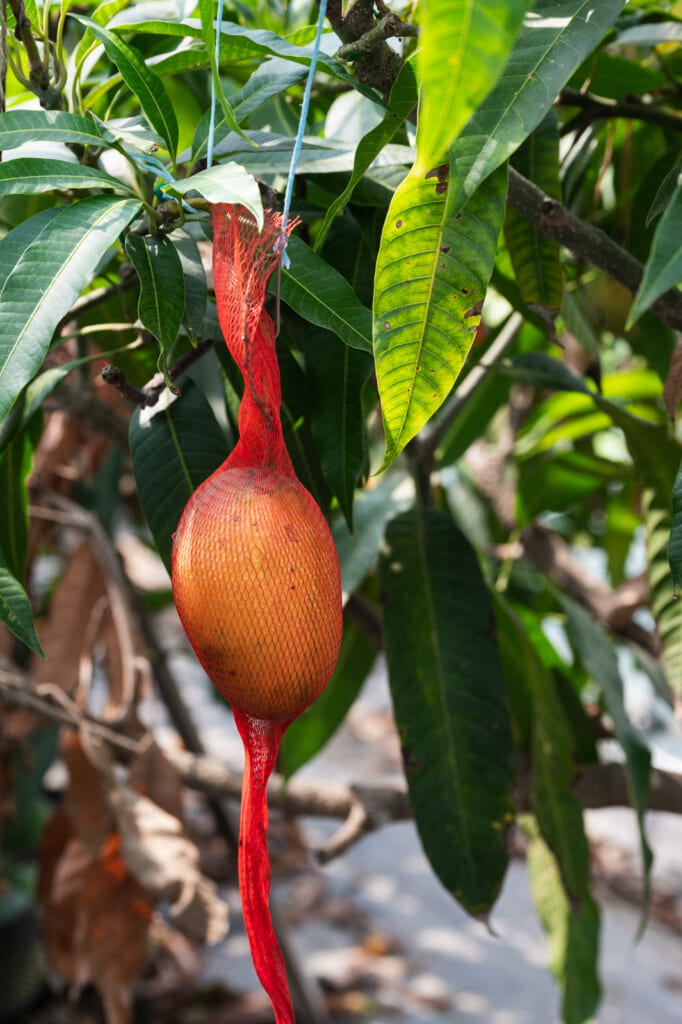
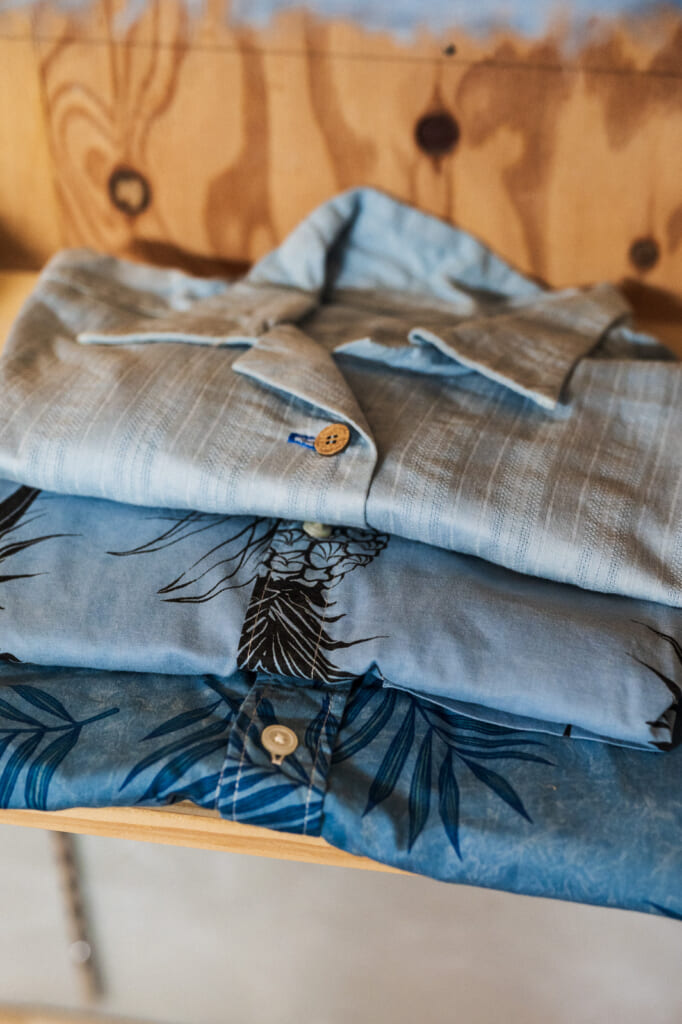
But let’s not forget that Shoai Samurai also produces handmade indigo-dyed clothing and other products out of their little workshop in Tochigi, sustaining a Japanese craft tradition using completely locally sourced materials. And you can experience the craft of indigo-dyeing at their workshop too, so add yet another reason to put this little gem on your bucket list.
Hitachi-no-kuni Izumo Taisha – Bringing the Prestige of One of Japan’s Greatest Shrines to Ibaraki
Izumo Taisha Grand Shrine is considered one of Japan’s three most important Shinto shrines. Just how important is it? Legend says that once a year, all of the Shinto gods visit Izumo Taisha to hold a meeting to discuss the destiny of people for the coming year, including romantic relationships. Suffice it to say that for many young people in Japan, a visit to Izumo Taisha to pray for good fortune is a high priority. Visitors to Japan are equally intrigued by Izumo Taisha, which is both immensely beautiful and shrouded in legend.
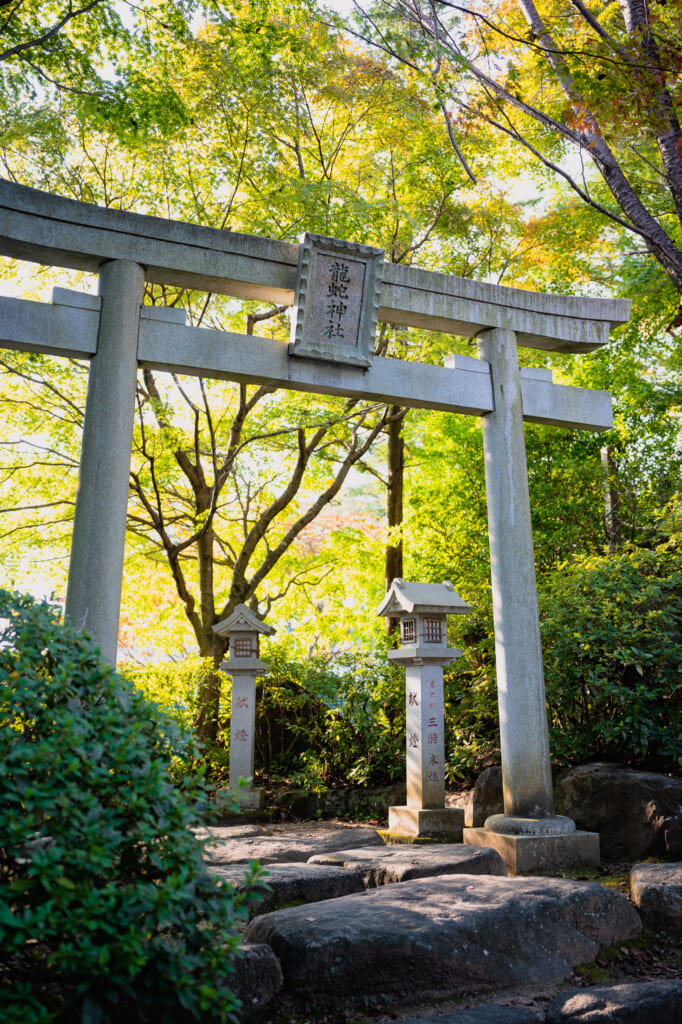
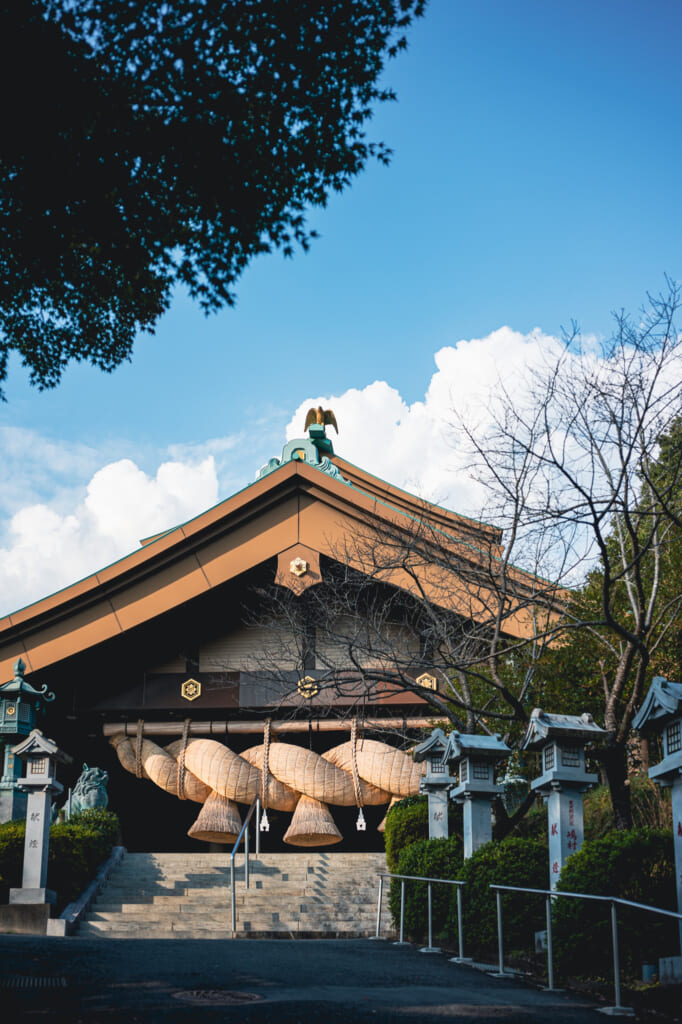
The trouble is that Izumo Taisha is not easily accessible, deep in Shimane Prefecture in what feels like the other side of the world for residents of Tokyo and the Kanto area. To make things easier for would-be worshippers to the main shrine, the Hitachi-no-kuni Izumo Taisha shrine in Ibaraki Prefecture was established in 1992.
The Hitachi branch of Izumo Taisha enshrines the same god, Okuninushi-no-Okami, who happens to be the god over all relationships, human and otherwise. The shrine itself also shares some physical features of the original, including a main hall constructed from Japanese cypress and a huge shimenawa braided rope that hangs over the entrance.
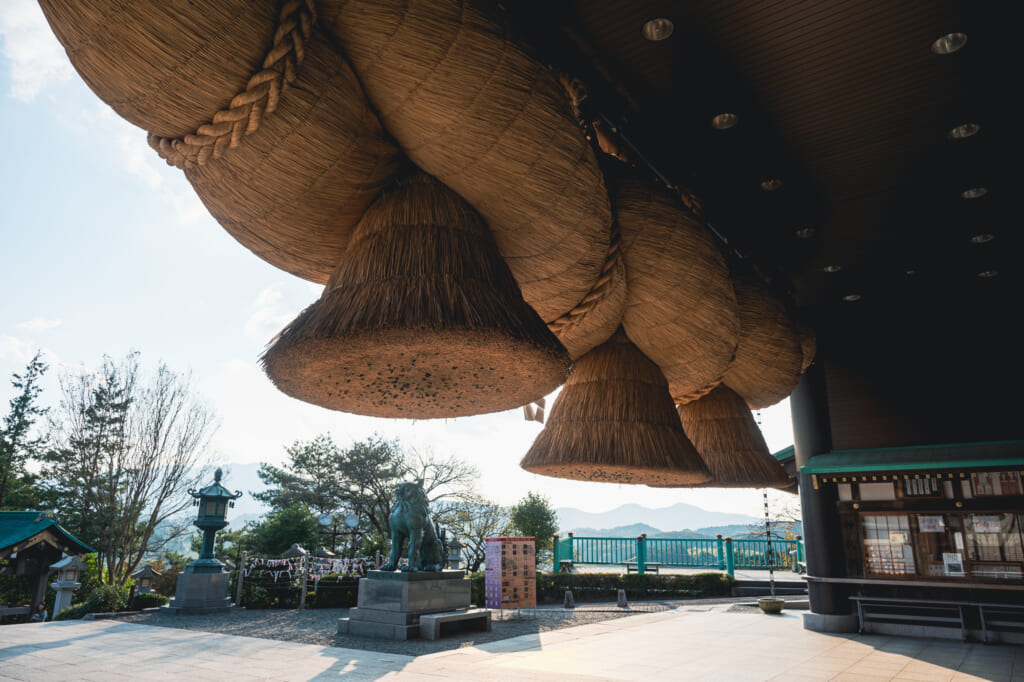
Lest you mistakenly assume that Hitachi-no-kuni Izumo Taisha is just a cheap substitute for the original, let me correct your error immediately. Although many people believe the shimenawa of Izumo Taisha is the largest in the world, the fact is that the one at Hitachi-no-kuni Izumo Taisha is actually bigger in both length and weight. Not wishing to outshine the main shrine, they don’t make a big deal of this fact, but when you stand under the shimenawa at this shrine, you can truly appreciate it’s immense size and the work it takes to produce it.
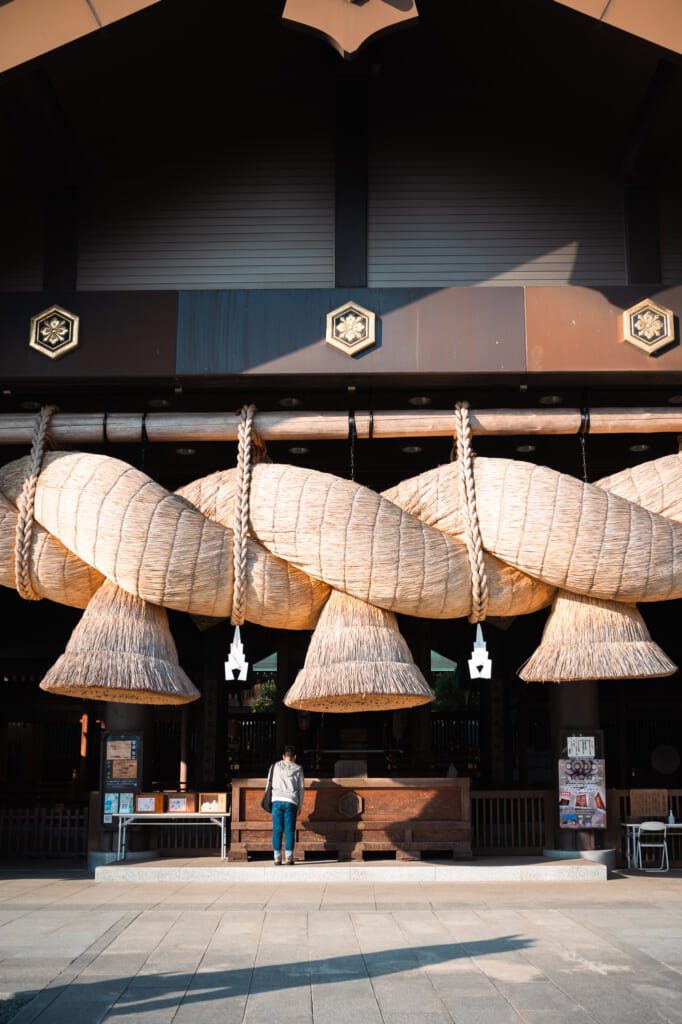
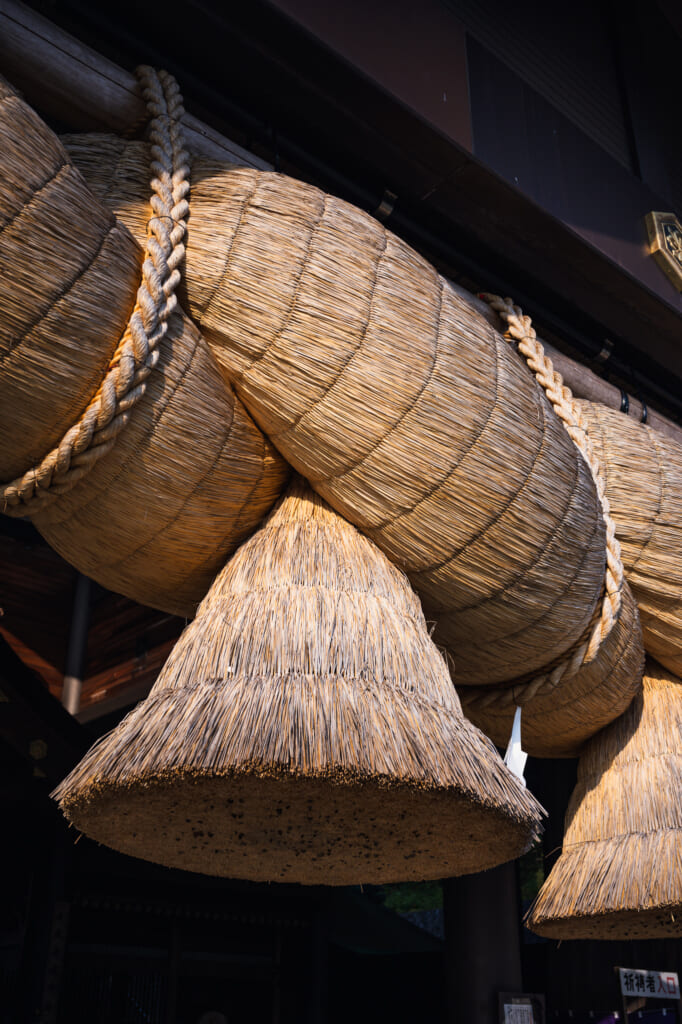
The Izumo Taisha shrine in Shimane is uniquely located at the bottom of a slope from the torii gates leading up to it; here in Hitachi, the shrine retains the normal orientation of being above the gate on a hillside. Although deviating from the shrine it is based on, Hitachi-no-kuni Izumo Taisha has a lovely view over the Ibaraki countryside from its elevated perspective.
This Shinto shrine represents an essential part of Japanese history, before Japan’s written history, and related to the creation of Japan itself. Hitachi-no-kuni Izumo Taisha shrine is an opportunity to connect with that deep history in a concrete way without making the long and expensive trek to Shimane Prefecture.
Donryu Yokocho: Community Revival of a Bustling Alley in Gunma
In the heart of Maebashi City lies Donryu Yokocho (呑龍横丁), a charming alleyway that has undergone a remarkable transformation, keeping alive the nostalgic essence of the Showa era with the pulse of contemporary life. This revitalized space, which officially reopened its doors in November 2021, has quickly become a gastronomical hub with a strong sense of community and local culture.
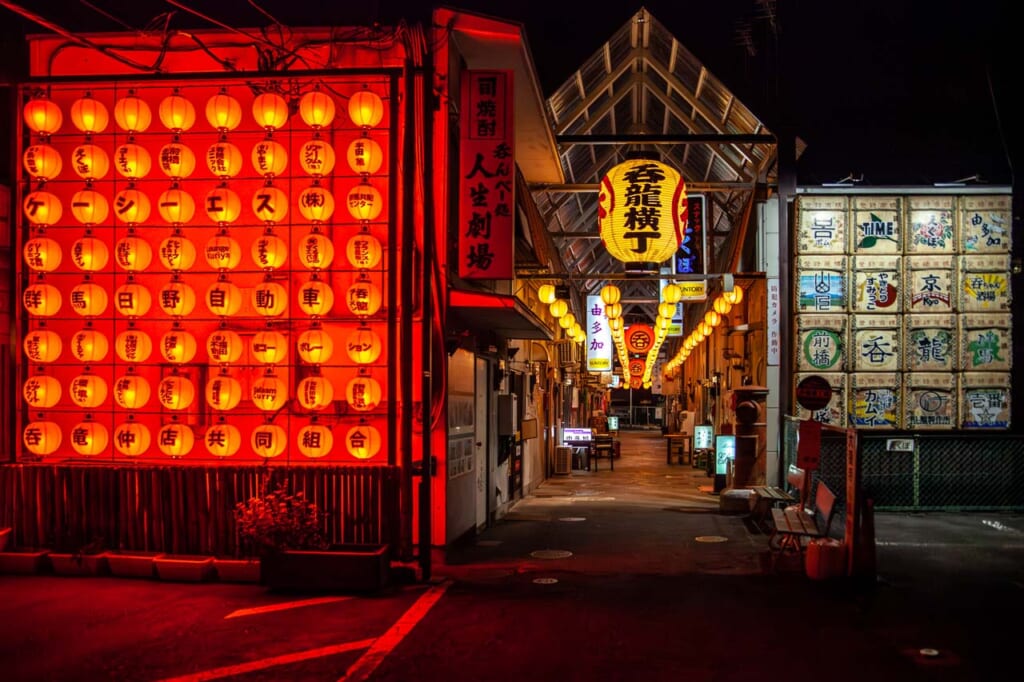
This revival story, however, is not the first one for Donryu Yokocho. Originally born from the ashes of the 1945 Maebashi air raids, this marketplace was initially a symbol of post-war reconstruction, a place for locals to gather a sense of belonging while shopping for groceries.
Under the name of Donryu Nakaten (呑竜仲店), it was built on the grounds of the former Dairenji Temple and named after Donryu Shonin, a beloved local historical figure for his contributions to the local community. In the same spirit, the high priest at the time allowed the use of the land as a way to give hope to the citizens of Maebashi (Dairenji was eventually rebuilt elsewhere).
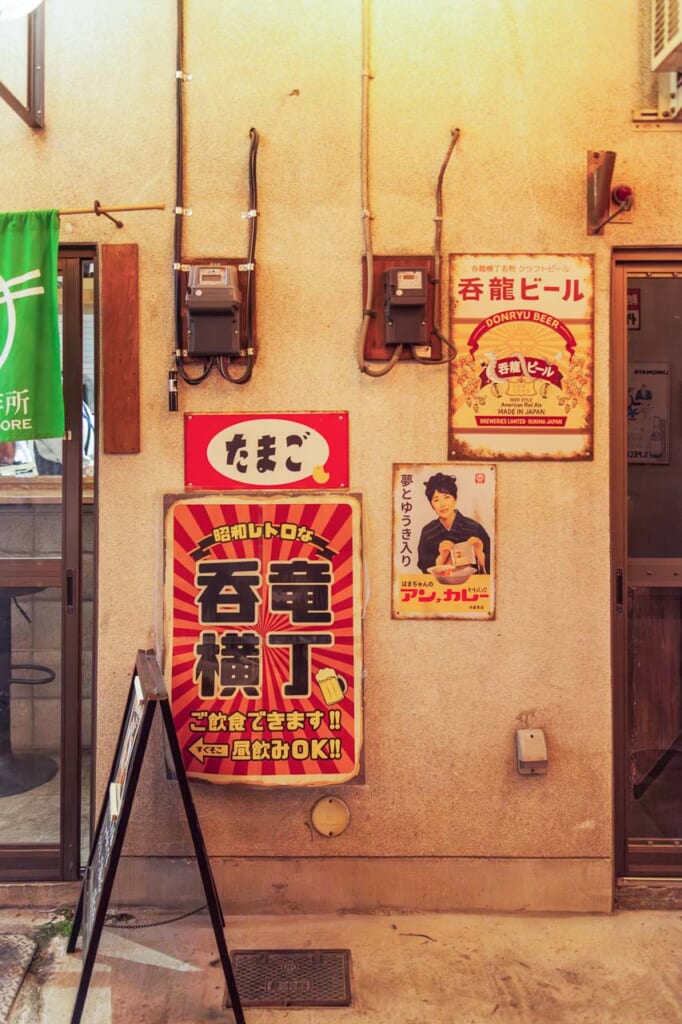
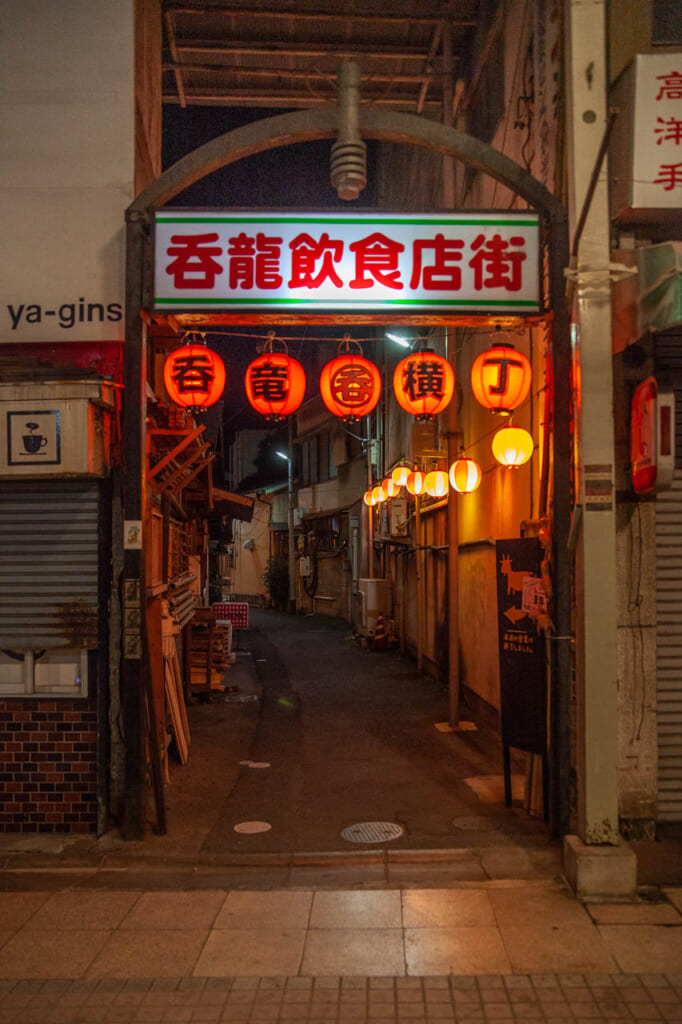
But over the decades, time was not particularly kind to it, as the arcade’s luster dimmed and vacancies rose, and the spirit of Donryu Nakaten seemed to be fading. Yet, the community was not ready to let go of this piece of their collective history.
Enter the ambitious renovation project of 2020-2021, which reimagined this place not as a relic of the past, but as a living contemporary attraction in Maebashi, this time under the name Donryu Yokocho. The renovation struck a delicate balance: preserving the alleyway’s retro charm while adding elements, like the timeless appeal of Japanese traditional lanterns, and infusing it with new life.
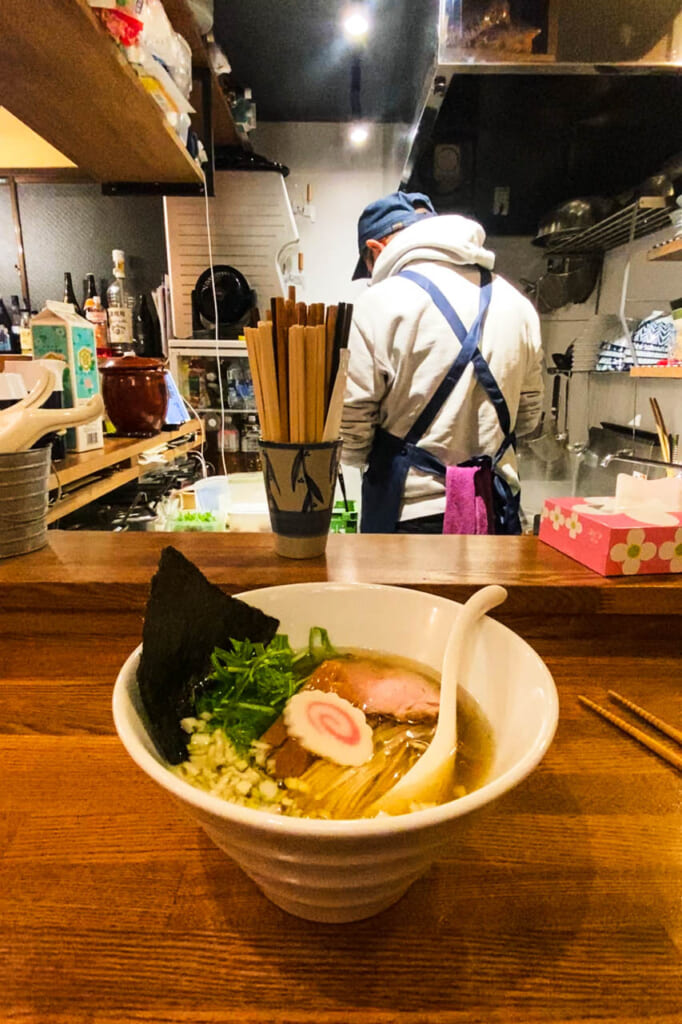
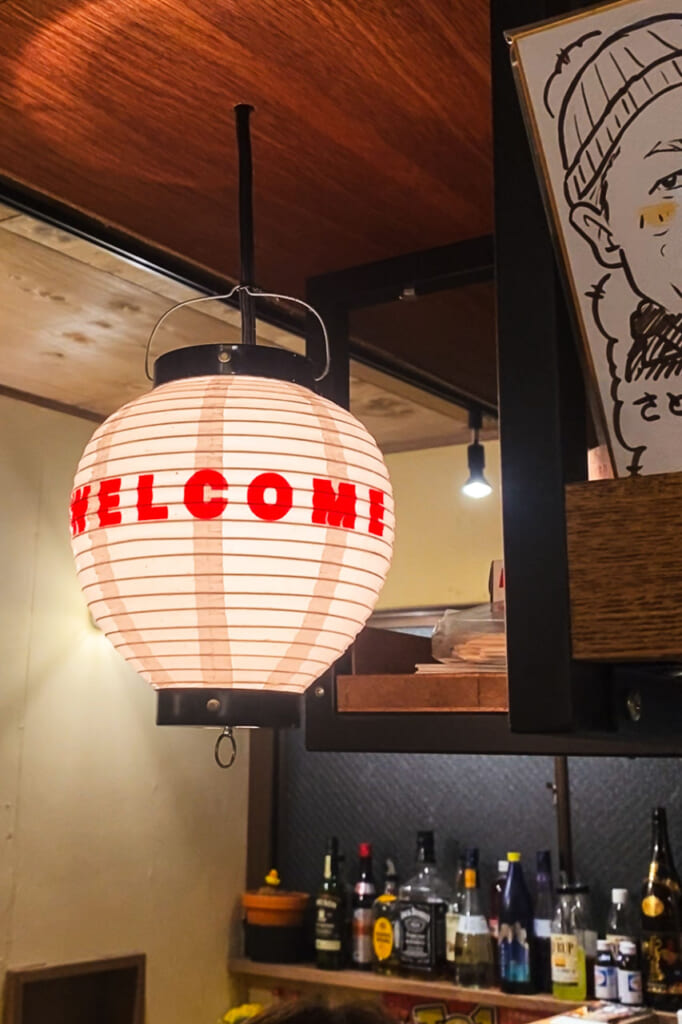
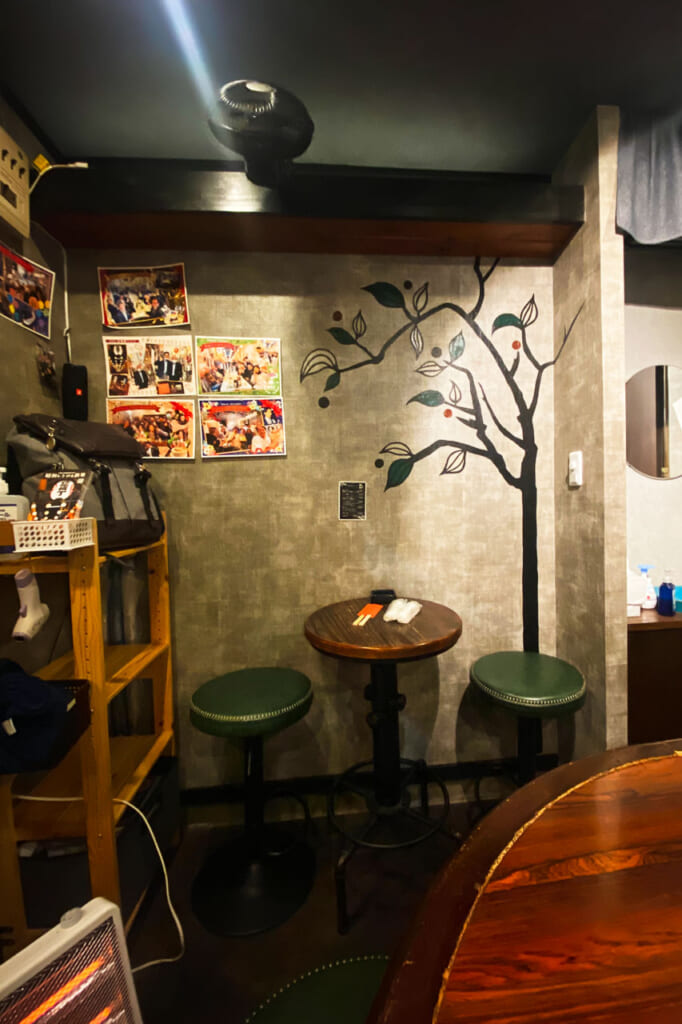
Donryu Yokocho now boasts an eclectic mix of eateries and bars, each with its own story and specialty. There’s a little bit of everything, including a delicious ramen shop, a cozy soba izakaya, an izakaya specialized in fried chicken, a gyoza shop, a yakitori shop, several bars, even a shop offering Korean snacks! Everything looking so compelling that making a choice seems difficult at first. But guess what: you don’t have to jump from place to place if you’re feeling indecisive! The establishments within the alley embrace total collaboration; patrons can savor dishes from other spots without ever leaving their seat thanks to a shared menu.
This sense of community and collaborative is one of the highlights of Donryu Yokocho. The alley also hosts local events such as neighborhood celebrations, small concerts, private parties, etc. It’s a living, breathing space where the locals come together over a glass of sake, where new connections are forged in the glow of red lanterns, and where the stories of Maebashi are shared and preserved. That’s why Donryu Yokocho is a great example of sustainable urban renewal, proving that with a dash of creativity and a deep respect for history, even the most forgotten spaces can be reborn as centers of community and joy.
(Words and images in this section by Toshiko Sakurai)
Use the JR Pass to Save Money On Your Trip
Many destinations in and around the Kanto area, including the areas covered in this article, can be reached using JR trains. If you plan to travel outside of the Tokyo area on public transportation, consider using these discount transportation passes to save money during your trip to Japan:
For travel to and within Ibaraki, Tochigi, and Gunma, consider the JR TOKYO Wide Pass, with three days of unlimited travel on many train lines within Tokyo and these prefectures. For travel to and within Fukushima, the JR EAST Pass (Tohoku Area) allows you five days of unlimited travel to and from Fukushima and the Tohoku region, including the use of the Tohoku and Akita Shinkansen line. Note that both passes can be used by foreign passport holders living in Japan as well as overseas visitors.
Be sure to check out our other articles about more of the best examples of sustainable tourism in and around Tokyo:
The Best Examples of Sustainable Tourism in Niigata, Nagano, and Yamanashi for 2024
The Best Examples of Sustainable Tourism in Kanagawa, Chiba, Tokyo, and Saitama for 2024
If you find these unique destinations intriguing, you’ll find them all and many more on the social media accounts of Tokyo and Around Tokyo. Join us on Facebook and Instagram to explore more of the endless possibilities in sustainable tourism and beyond.
Sponsored by: Greater Tokyo Tourism Organization


